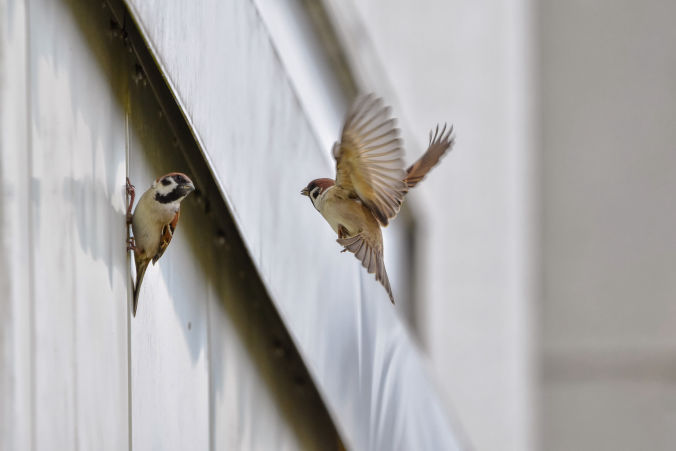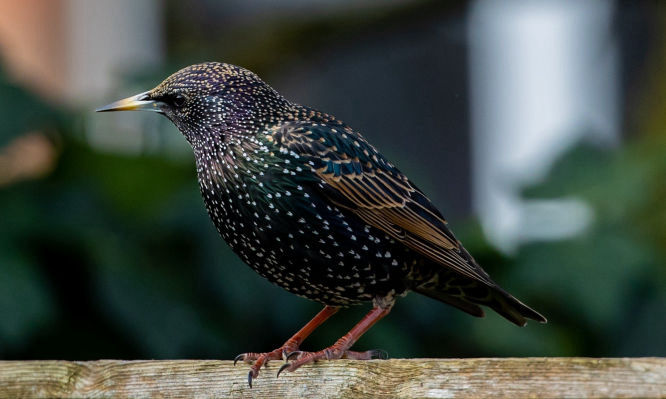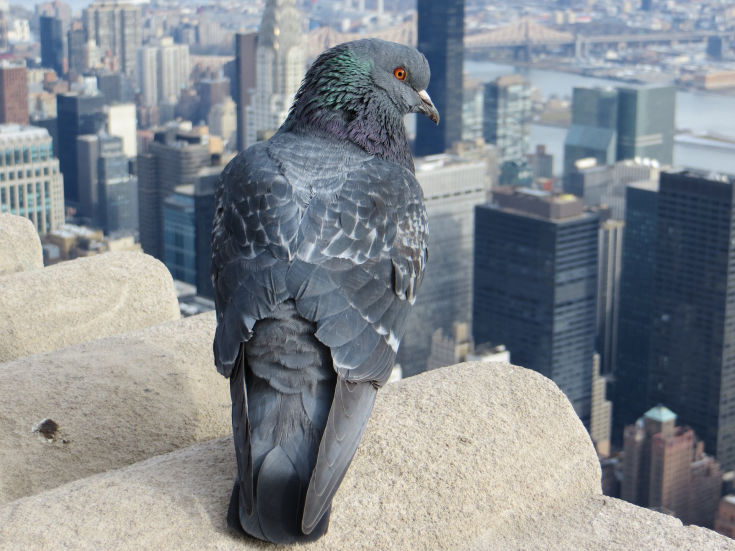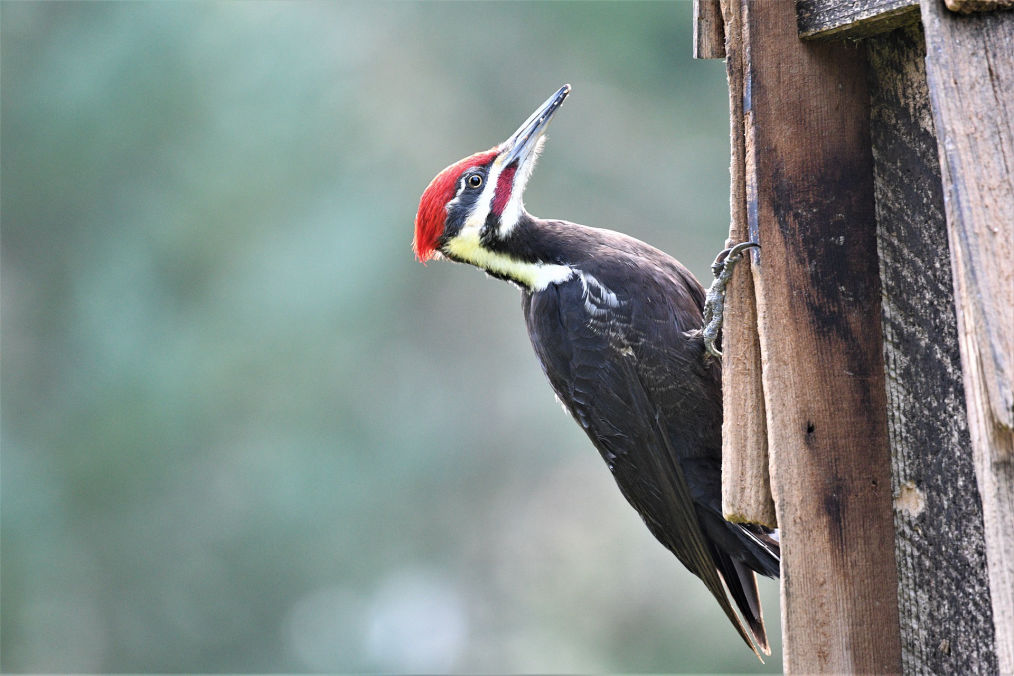Nuisance Situations
Sparrows:
They are often a nuisance in urban areas like manufacturing and food processing plants. Gutters and drainage pipes clogged with sparrow nests can backup and cause extensive water damage and fires have been attributed to electrical shorts casued by machinery housing sparrow nests. Lastly, feces buildup can lead to structural damage from the uric acid in droppings, plus the bacteria, fungal agents and parasites in the feces also pose a health risk.
European Starlings:
They can carry diseases that are transmissible to livestock and to people, including TGE (transmissible gastroenteritis - a disease of swine), blastomycosis, and samonella. One study found that European Starling droppings contained C. jejuni, L. monocytogenes and C. psittaci, all human bacterial pathogens. The study concluded however, that starling droppings were not a significant source of human infection (Gautsch et al. 2000). In the United States, starling droppings provide a growth medium for Histoplasma capsulatum, the fungus that causes histoplasmosis in humans. All of these examples indicate that the spread of disease by starlings to humans and livestock is a potential threat. Spread of disease among wildlife is another facet of this problem.
Pigeons:
Nests and droppings will quickly make a mess of any nesting area. Pigeons are particularly fond of roof spaces, many of which accommodate water tanks, though they frequently seem to fall into the tanks and drown. Any water tank or cistern in a roof space needs to have a secure lid for this reason. The popularity of a nesting area seems little affected if pigeons die or are killed there; corpses are seen among live birds, who seem unconcerned.
On undamaged property the gutters, window air conditioners (especially empty air conditioner containment boxes), chimney pots and external ledges will be used as nesting sites. Many building owners attempt to limit roosting by using bird control spikes and netting to cover ledges and resting places on the façades of buildings. These probably have little effect on the size of pigeon populations, but can help to reduce the accumulation of droppings on and around an individual building.
Woodpeckers:
The bird’s pecking (also called drumming or drilling) commonly damages buildings (wood siding, shingles, trim, and eaves are at particular risk), telephone poles, and fences. Because they are a forest dwelling bird, woodpeckers prefer to drill holes in wood (they especially love pecking cedar siding) but can also damage stucco, Dryvit, and other building materials. Not all woodpecker problems involve property damage. The sound of woodpecker drumming can also be quite a nuisance, especially in the early morning when people are trying to sleep.



